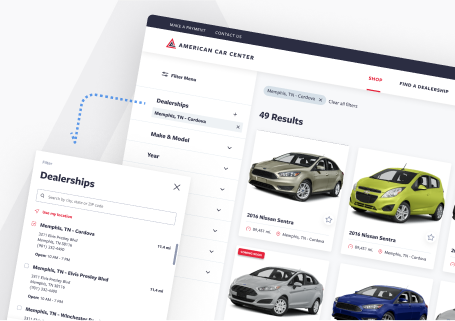Welcome to the comprehensive index "Low-Code Development: A Comprehensive Guide" series. This guide explores everything you need to know about low-code development, including terminology, ecosystem, key components, application types, use cases, becoming a low-code developer, benefits, challenges and limitations, and low-code development frameworks and platforms.
This guide is an index to all the low-code development content written as part of "The Ultimate Guide to Low Code: Revolutionizing Application Development" series. We hope you find this helpful guide as you explore the world of low-code development. Stay tuned for future blog posts exploring each topic in greater detail.
An Introduction To Low-Code Development
-
Definition of low-code
-
The rise of low-code technology
-
Low-code vs. traditional software development
Low-Code Terminology Explained
The Low-Code Ecosystem
Key Components of Low-Code Development
-
What is low-code development
-
Low-code app development
-
Low-code UI design
-
Low-code deployment
-
Low-code data management
-
Low-code integration
Low-Code Application Types and Use Cases
Becoming a Low-Code Developer
-
What is a low-code developer
-
The role of a low-code software engineer
-
Skills and responsibilities of low-code developers
The Benefits of Low-Code Development
Challenges and Limitations of Low-Code
-
The low-code concept and its drawbacks
-
When low-code may not be the best choice
-
Addressing low-code limitations and concerns
Low-Code Development Frameworks and Platforms
-
Popular low-code platforms
-
What to consider when choosing a low-code platform
-
Comparing low-code platforms and their features
We hope this comprehensive index helps you navigate the world of low-code development. Check out each post in the series to dive deeper into each topic.






